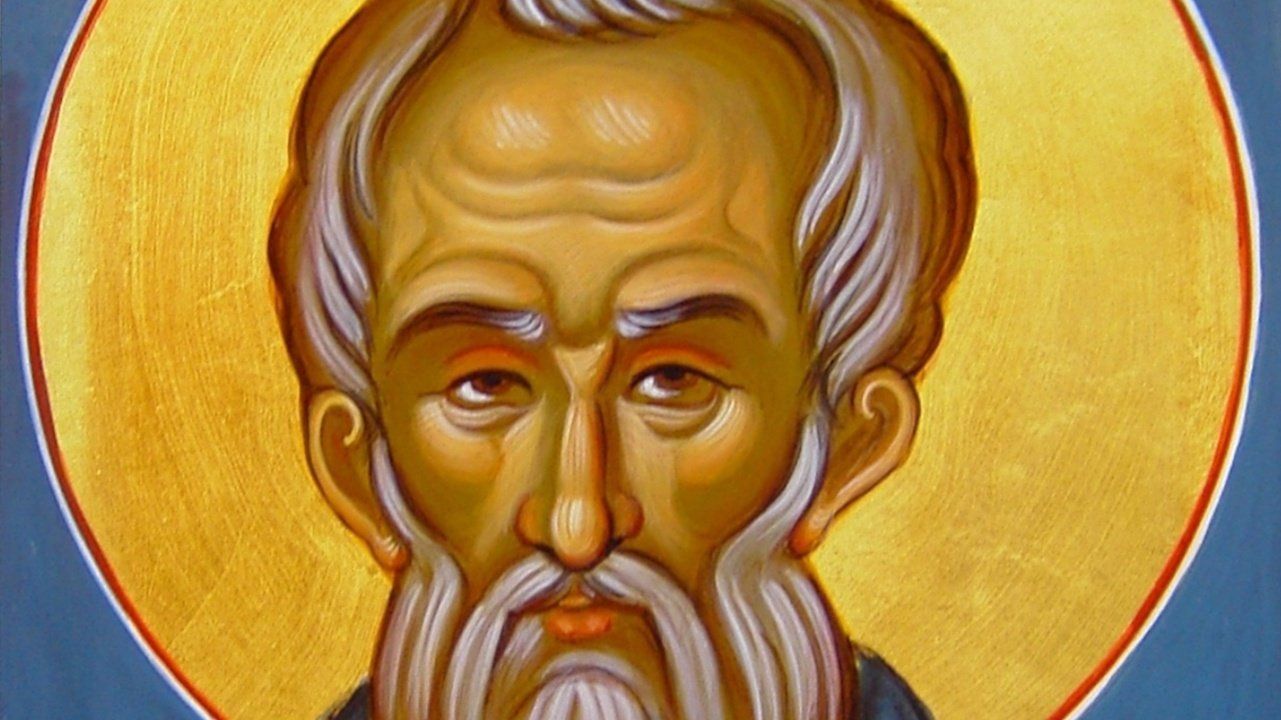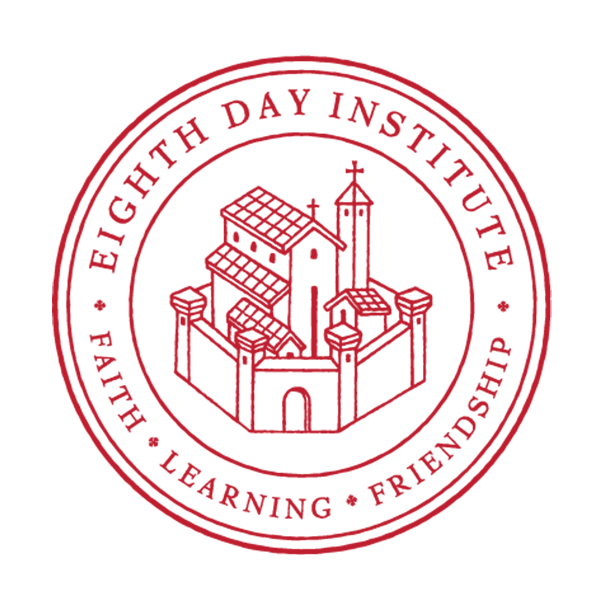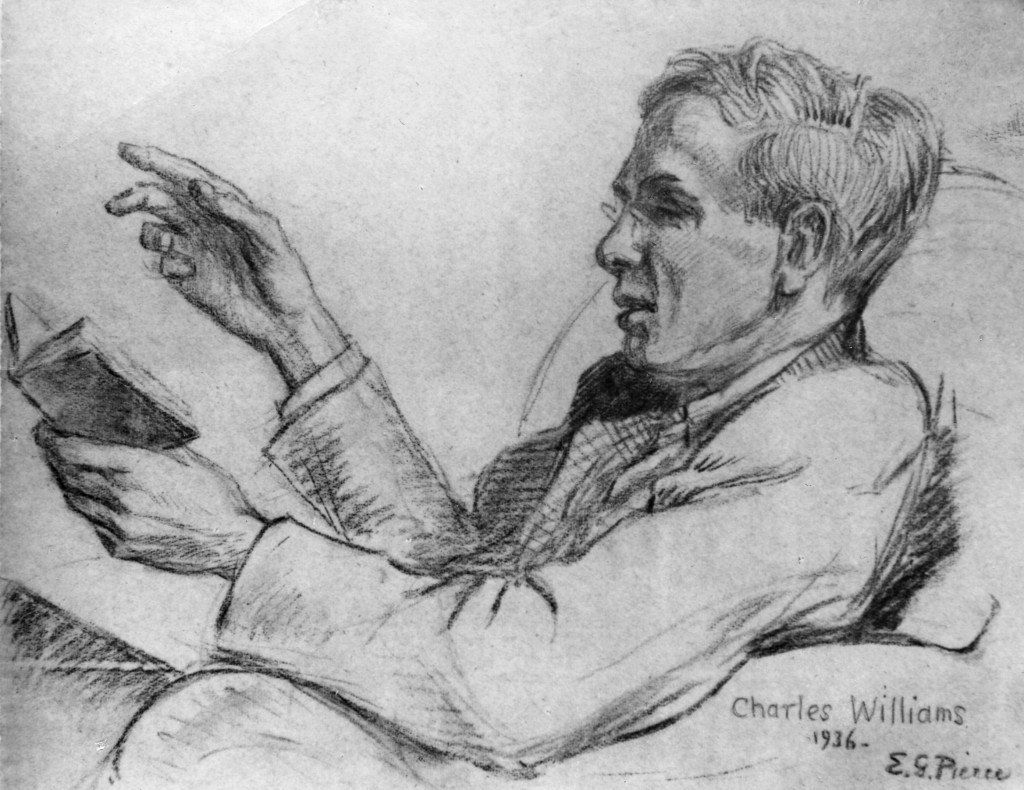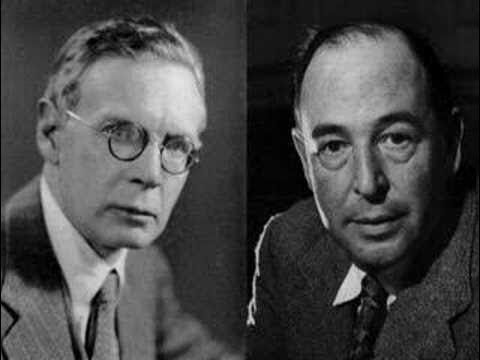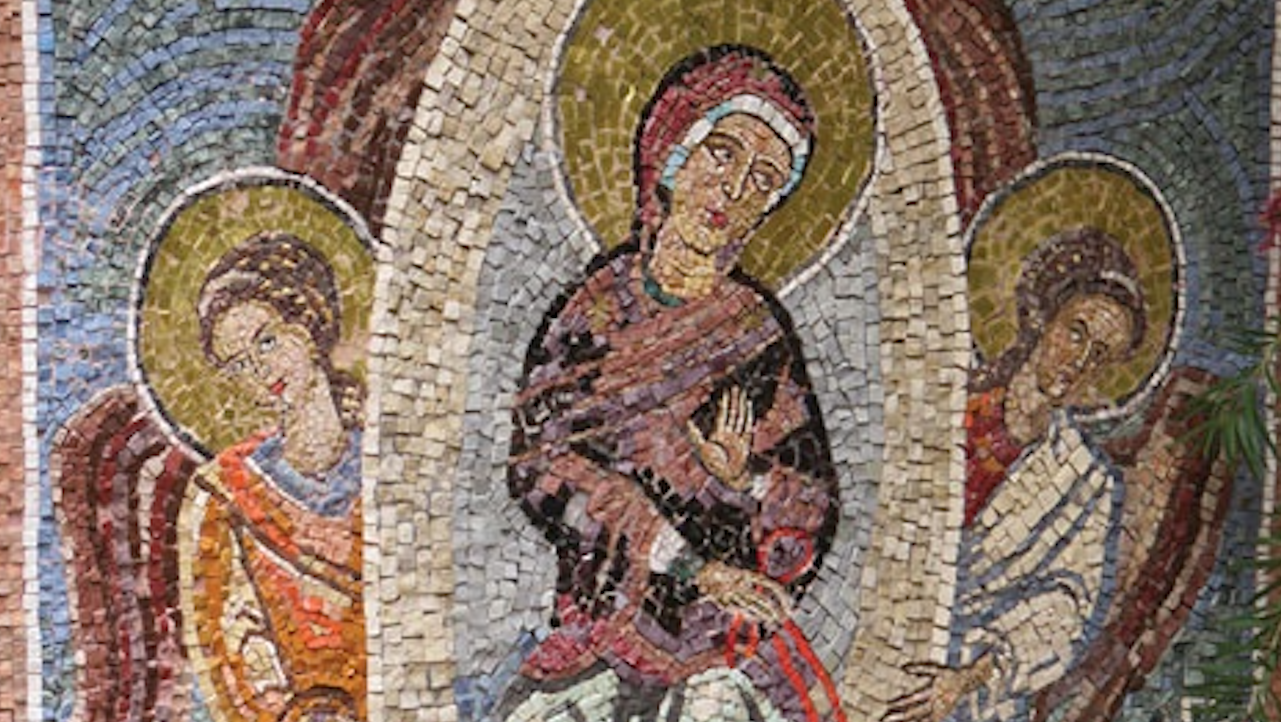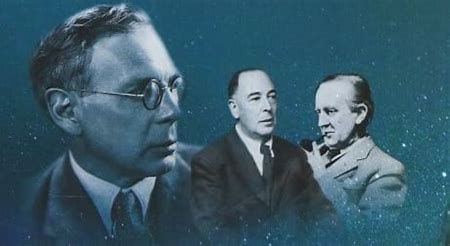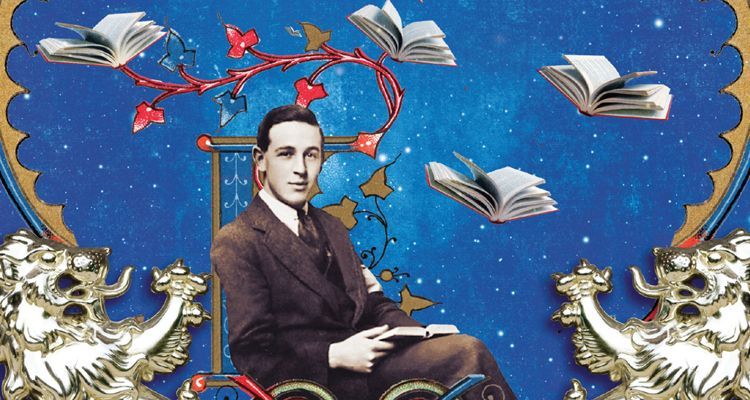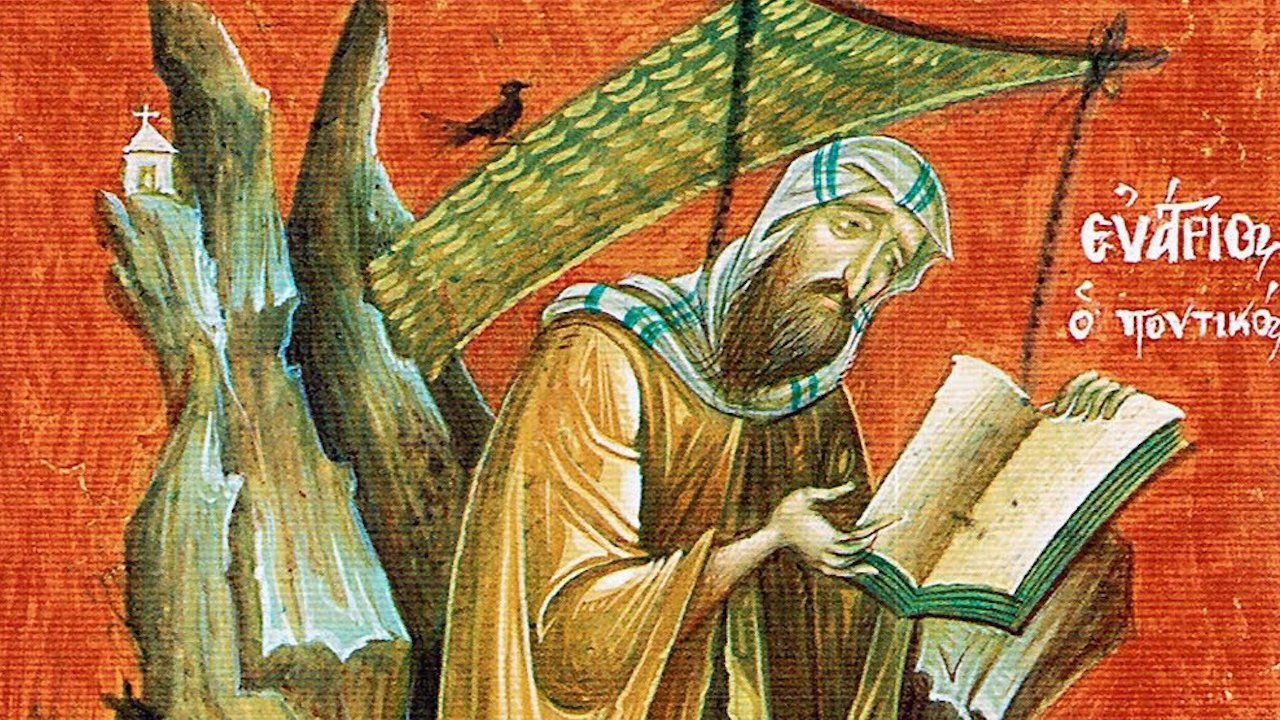THE SECOND book of Chronicles says that Uzziah “did that which was right in the sight of the Lord, and he sought the Lord in the days of Zechariah, who understood the fear of the Lord, and the Lord made him prosper…. And Uzziah built towers in Jerusalem, both at the gate at the corner, and at the corner of the valley, and at the corners, and he fortified them. And he built towers in the wilderness and hewed many cisterns out of the rock, for he had many flocks in Shephela and in the low country, and vinedressers in the hill country and on Mount Carmel, for he was a husbandman” (cf. 2 Chr. 26:4-5; 9-10). What are the “towers,” and what is the “gate of the corner”? What is the “valley,” and what is its “corner”? And what, again, are the “corners” and the “towers in the wilderness”? What are “Shephela” and the “low country,” and who are the “vinedressers”? And what are the “hill country” and “Mount Carmel,” and the meaning of the fact that he was a “husbandman”?
Response
48.2. Come, O all-hymned Word of God, and give us, in the degree commensurate to us, the revelation of our own words! Remove the thickness of the veils that cover them, and show us, O Christ, the beauty of their inner meanings! Take us by our “right hand,” that is, the intellective power within us, and, “guiding us in the way of your commandments” (Ps 118.35, LXX), “lead us to the place of your wondrous tabernacle, unto the very house of God with a voice of rejoicing and confession” (Ps. 41:4) so that, through confession manifested in practice, and through joy realized in contemplation, we too may be counted worthy to come to the ineffable place of your feasting, and join our voices of praise to those who spiritually keep festival, singing, with the silent voices of the intellect, the praises of the knowledge of the unutterable mysteries. And forgive me, O Christ, and have mercy on me, for at the command of your worthy servants, I have recklessly dared to attempt things beyond my power, and enlighten my unenlightened mind for the contemplation of the questions now before me, so that you may be glorified even more, for giving light to eyes that were blind, and articulate speech to a tongue that was mute.
48.3. I think that, just as Solomon, up to a certain point, was a figure of Christ, so too Uzziah, up to a certain point, is also a figure of Christ. For the name of Uzziah, translated into Greek, means the “might of God (1 Cor. 1:24), and the natural might and enhypostatic power of God the Father is our Lord Jesus Christ, “the stone who became the head of the corner” (Ps. 117.22; Acts 4:11; cf. 1 Pt. 2:7), by which I mean the Church. For in the same way that a corner constitutes through itself the mutual conjunction of two walls, so too the Church of God is the union of two peoples, the one coming from the Gentiles and the other from the Jews, whose common bond is Christ. And it is Christ who builds the towers “in Jerusalem”—by which I mean he builds them “in the vision of peace”—and these “towers” are the divine and inviolable primary principles of the doctrines concerning divinity, that is, the fortresses, built “at the gate of the corner,” which are the principles of the doctrines concerning the Incarnation. For the Gate and the Door of the Church is the same one who said: “I am the Door” (Jn. 10:9). This gate is surmounted by towers, that is, the fortresses of the divine doctrines of the Incarnation, through which those who wish to believe rightly must make their entrance, finding protection in the “corner,” by which I mean the Church. For the one who is fully armed with the towers of the divine doctrines, as fortresses of the truth, does not fear insolent arguments or demons who might threaten them.
48.4. “And at the corner of the valley.” The “valley” is the flesh, and its “corner” is its union with the soul according to their conjunction in the spirit. At this conjunction, the “towers,” that is, the fortresses of the commandments, are built along with the doctrines that are upon them with discernment in order to safeguard, as if in a corner, the indissoluble union of the flesh to the soul.
48.5. “And at the corners he built towers.” Perhaps Scripture used the word “corners” to describe the way separated creatures are united through Christ. For Christ unified the human being (τὸν ἄνθρωπον), mystically removing, by means of the Spirit, the difference of male and female (cf. Gal. 3:28), freeing the principle of nature in both from the properties characteristic of the passions. He also united the earth, driving away the variation between the sense-perceptible paradise and the rest of the world. He united earth and heaven, demonstrating that the nature of sensible things is one and inclines toward itself. He also united sensibles and intelligibles, and demonstrated that the nature of the things that have come into being is one, being conjoined according to a certain mystical principle. According to a principle and mode beyond nature, He united created nature to the uncreated. And at each unity, that is, at each corner, He built and fortified the supportive and connective towers of the divine doctrines.
48.15. “And at the gate of the corner.” The “gate of the corner,” which is the faith of the Church, is the pious way of life through which we are introduced into the inheritance of good things. At this gate, as if upon mighty and noble towers, the intellect engaged with knowledge builds the fortresses of the divine doctrines concerning the Incarnation, composed of different concepts like so many precious stones, and of the modes of the virtues put in place for the safeguarding of the work of the commandments.
48.16. “And at the corner of the valley.” The “valley” is the flesh, and its “corner” is its union with the soul through the law of the commandments. Upon this union the intellect builds up, like a tower, the understanding that subordinates the flesh to the soul according to the “law of the Spirit” (cf. Rom. 8:2).
48.17. “And at the corners.” This means that there are many “corners” at which the intellect, supremely mighty in God, is said to build its towers. Here, a “corner” is the union of particulars with respect to universals according to the same nature and principle of being, as happens, for example, in the case of individuals with respect to their species, and of species to genera, and of genera to substance (on this classification associated with Porphyry, cf. Amb. 10.89). In each instance, all are uniquely conjoined to the limit of their extremes, at which extremes, as if they were “corners,” the aforementioned universal principles of the particulars produce the multiple and diverse unions of things that are divided. In addition, a “corner” is also the union of the intellect with respect to sensation, and of heaven to earth, and of sensible realities to intelligible realities, and of nature to the intelligible principle of nature (cf. Amb. 41.1). At these corners the contemplative intellect—using its own understanding and having firmly established true opinions concerning each reality—builds intelligible towers; that is, at each of the unions it establishes the doctrines that conjoin the unions.
